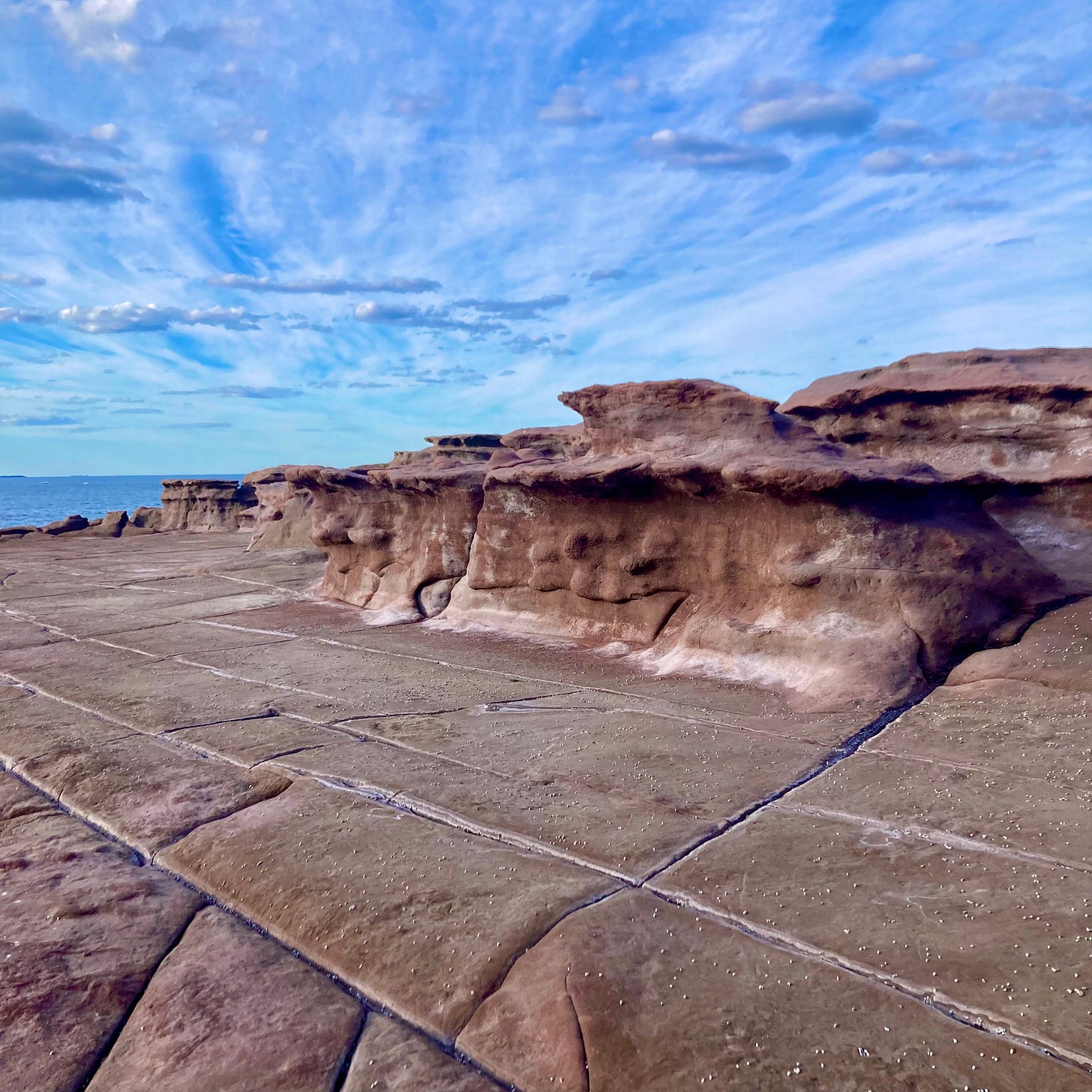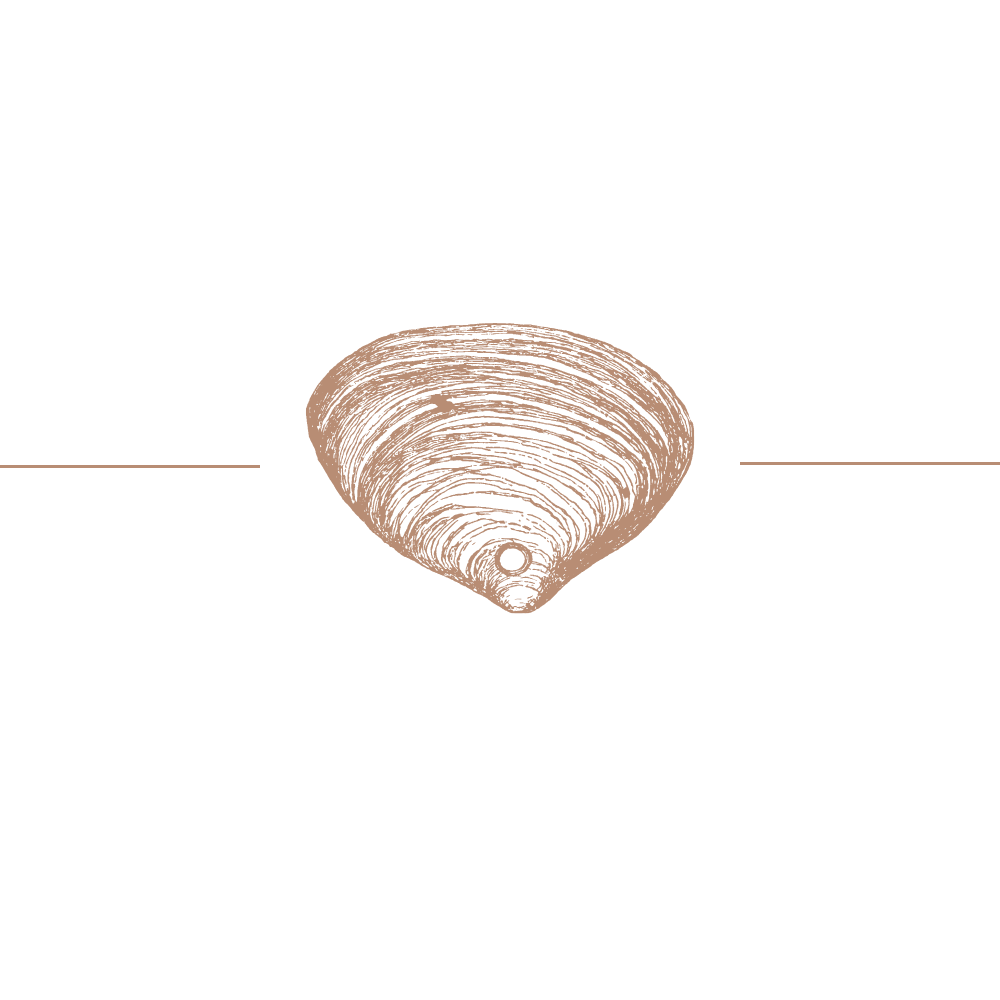Cracks That Can’t Be Filled
Google’s AI feature now offers a brief ‘AI overview’ when you search for something. So when I typed “cracks that can’t be filled,” this is what it said:
"Cracks that are too large or caused by a structural issue may be difficult or impossible to fill and may require professional attention.”
It felt personal.
Before you proceed please be aware that this piece explores themes of loss including a brief reflection on suicide. If these topics are difficult for you, please read with care and reach out to Beyond Blue if you need support.
I have two major cracks—literal ones—in the ceramic cooktop in my kitchen. The first came from the lid of an Aldi imitation Le Creuset, shattering the edge into tiny, irreparable pieces. The second happened months later when I lifted a scorching baking tray from the oven with mitts that weren’t fit for purpose. The tray slipped from my grasp and crashed onto the cooktop, another crack.
I searched endlessly for a replacement, scouring online markets, but the brand seems extinct. And yet, it’s just a kitchen appliance—why have I become so preoccupied with fixing it? Distraction, maybe. Procrastination is more likely. There were a million more important things I could be doing—writing this post, for one. But there’s something addictive about chasing what’s broken, even when it can’t be fixed.
We, the fixers, are drawn to cracks in people too—emotional ones. An unavailable partner? Sure. An unfulfilling job? Sign me up. World peace? Easy. We think we can smooth things over, like regrouting a bathroom tile, or a quick patch job. But at what point do we admit defeat, abandon our DIY attempts, and seek ‘professional attention’? When do we accept that some things simply cannot be fixed?
I spend an inordinate amount of time thinking about another problem that resists an easy solution: neighbours with lawnmowers and leaf blowers. Lawn maintenance seems like one of life’s most ludicrous wastes of time. Mowing, seeding, feeding, poisoning—all in the name of creating artificial order in a world where none exists. Left alone, a lawn becomes a meadow, a balanced ecosystem. But we prefer to tame and control. Lawns might be one of the best metaphors for our relentless pursuit of perfection—our need to impose order on the uncontrollable.
Recently, on one of my favourite beaches, the high tide mark was littered with Blue Bottle Jellyfish, Violet Sea Shells, and the tiny, lifeless bodies of Glaucus Atlanticus—Blue Sea Dragons, my favourite sea slug. This phenomenon, known as a Blue Tide, happens when these interdependent species arrive en masse on big swells and get swept up onto the shore.
I walked along the tide line, fascinated, as always, by their brilliant blues glistening atop pebbles in the afternoon sun. But then, among the sea creatures, I spotted other colours and shapes—fragments of plastic. I picked them up, these tiny intrusions of human pollution. Usually, I find plastic on the beach unsettling, an intrusion that pulls me out of the mindful wandering I love so much. But that day, the beach was too enchanting, the rocks too beautiful. Instead of dwelling on the futility of the problem, I let it go, focusing on the swirls of reds, ochres, greys, and greens reflected in the wet stones like confetti.
Not far from that beach, a bridge hugs the rugged coastline. The cliffs and streams above the beach once sent tons of rock tumbling down in a massive landslide decades ago. It’s a place of beauty, joy, geological instability, and function. It is also at times, a place of great sorrow.
One afternoon, we approached the bridge shortly after someone had ended their life. Emergency vehicles lined the road. Police, fire, and ambulance crews stood by as the investigation continued. We waited in traffic, observing two officers sharing a joke. We had no idea what they were saying, but in that moment, humour cut through the profound weight that hung in the air. Overhead, a White-Bellied Sea Eagle soared. It felt poignant somehow in a way we couldn’t quite explain. Later, we reflected on the loss, a kind of sorrow that cannot be undone, fixed, or perhaps even understood.
This theme keeps nudging me lately.
One evening, dodging chores, I set off on a walk to clear my head. I hadn’t gone far when I heard the familiar cry of a lone Rainbow Lorikeet. Searching for the source, I found an injured juvenile on the ground, its wing limp. It tried to escape my gaze, scrambling up an incline and fell onto its back in a way that birds are not supposed to.
I hesitated before stepping forward, trying to assess its movement. It was calling out in distress. I knew predators, a cat or a hawk or a car might appear. I scooped it up into my hands, and not without a fight I managed to slip it into a makeshift hammock in my t-shirt and it fell silent. I ambled back towards home, whispering words of reassurance while calling the wildlife rescue hotline as blood trickled from the beak-inflicted wound on my thumb, I got home, both of us damaged. A broken wing, and a sore heart. I knew instinctively that the wing of this sweet little bird was damaged beyond repair and I felt a clawing sadness forming a lump in my throat. As instructed by the experts I placed the brightly coloured broken bird inside a dark box. The next day, the wildlife vet confirmed what I already suspected. The wing wasn’t broken—it was a brain injury, likely from a car impact. Another crack that couldn’t be filled.
Since these nudges, I’ve tried to resist the urge to fixate on the unfixable—not just the small, inconsequential things, but the larger, more complex, life-altering ones beyond my control. Some things remain beyond repair. Some cracks can never be filled. Yet we chip away at small annoyances like miners hammering at a rock face as if solving them might shield us from deeper losses. But no matter how well we think we understand problems, no matter how prepared we believe we are, the relentless pursuit of repair only reveals more cracks—fractures too deep to mend.
Perhaps that is grief—not the denial of loss, but its quiet, persistent presence. Scars. Fault lines forming over time, layer upon layer, earned.
Some things we release, surrender to—like an oyster filtering water, letting most things pass while holding onto what matters. In noticing the iridescence of feathers, the marvel of blue sea creatures, or the tiny flecks of colour in the iris of your own tired eyes, something is revealed—an answer, or perhaps just a glimmer of understanding.








But…*whispers* does that mean the bird died?